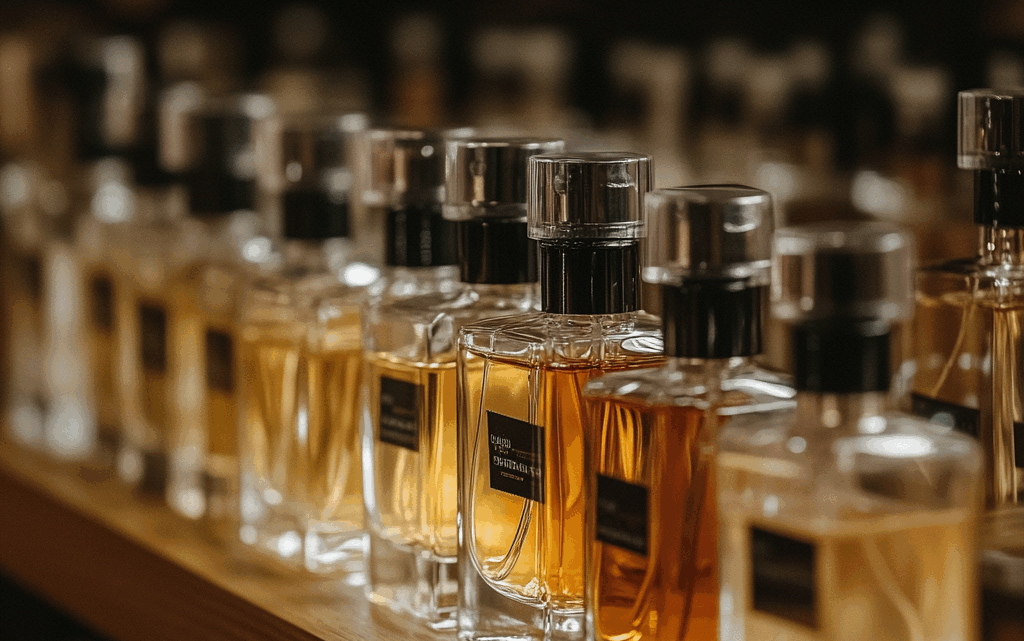
Navigating Customs Regulations for Importing Perfume: What You Need to Know
Importing perfume may seem like a straightforward process, but it involves navigating a web of complex customs regulations. From labeling requirements to import duties and chemical restrictions, understanding each stage is essential to ensure your products clear customs efficiently and legally. In this article, we break down everything you need to know to make your fragrance imports smooth and compliant.
Understanding the Basics of Importing Perfume
Importing perfume is not just about shipping attractive bottles across borders. Customs authorities have specific definitions for what constitutes perfume. These typically include products containing a mix of aromatic compounds, alcohol, and essential oils, and they are often categorized by their concentration (eau de parfum, eau de toilette, etc.). Each classification corresponds to a particular Harmonized System (HS) code, which determines how the product is treated during import.
Why are there so many rules for perfume? The answer lies in the product’s chemical nature and value. Perfumes are flammable, often alcohol-based, and may include restricted substances. They also fall into the category of luxury or high-value items, making them prime candidates for strict customs controls. This is why customs officials pay close attention to how these goods are declared and handled.
For businesses, knowing whether a product qualifies as a cosmetic, hazardous good, or consumer item helps determine the right paperwork, tariffs, and regulatory steps. Understanding these basics early can save both time and money during the import process.
Key Customs Regulations Affecting Perfume Imports
A major factor in perfume importation is the regulation of chemical components and ingredients. Countries around the world maintain lists of banned or restricted substances, such as phthalates, nitromusks, and certain synthetic compounds. Non-compliant imports can be rejected outright or destroyed by customs. It is crucial to cross-check every ingredient against the regulations of your destination country.
Another requirement is proper labeling and packaging. Labels must include essential details such as product name, volume, flammability warnings, batch numbers, ingredients, and manufacturer or importer data. Some regions demand translations and specific hazard pictograms on packaging. Failing to meet these standards can result in shipment delays, fines, or confiscation.
Lastly, in many cases, import licenses or health certificates are mandatory. This can include approval from national health authorities, transport declarations for flammable goods, or cosmetic product registrations. Without these in place, customs may not allow the goods to proceed past inspection. It’s important to work with your suppliers to obtain this documentation well in advance.
Duties, Taxes, and Fees on Imported Perfume
When perfume enters a country, customs duties are often imposed based on the CIF value—cost, insurance, and freight combined. These duties vary significantly depending on the country and the product’s HS code. Because perfumes are often classified as luxury goods, they usually carry higher-than-average import duty rates, making it important to calculate costs ahead of time.
In addition to duties, imported perfumes are subject to Value-Added Tax (VAT) or local sales tax. Some countries also impose excise taxes on alcohol-based products, even if they are not beverages. The customs declaration determines the total taxes payable, and underreporting the value can lead to penalties or revaluation.
However, there are opportunities to save. Some importers can benefit from preferential tariffs or exemptions under international trade agreements. For example, products made in the EU may receive reduced tariffs when imported into Canada under CETA. Importers should check eligibility and obtain certificates of origin to take advantage of these benefits.
Documentation Required for Smooth Customs Clearance
Smooth customs clearance starts with accurate and complete documentation. At a minimum, importers must provide a commercial invoice that lists product descriptions, unit prices, total value, and HS codes. A packing list is also required to describe the contents and dimensions of the shipment, which helps during customs inspection.
Many countries also require a certificate of origin if the importer wants to claim preferential duty rates. This document verifies where the perfume was manufactured and must often be validated by a chamber of commerce. Depending on the jurisdiction, safety certificates or cosmetic compliance documentation may also be needed to confirm that the product is safe for consumers.
Additionally, customs declaration forms must be filled out in detail. These include documents such as import entry forms, air waybills, and hazardous goods declarations. Errors or omissions on these forms are a common reason for delays. It’s highly recommended to engage a customs broker who can ensure the proper preparation and submission of all required paperwork.
Common Challenges and How to Avoid Delays
One of the most frequent mistakes in perfume importation is the misclassification of goods. Using the wrong HS code or not understanding the correct tariff category can result in overpayment of duties or hold-ups at customs checkpoints. Importers should always consult the most recent tariff schedules and, if needed, request binding rulings from customs authorities.
Another major challenge is the presence of restricted ingredients. Many fragrances contain substances that may be banned or limited in certain countries. Even small traces can cause rejection of the shipment. Working closely with the manufacturer to review the full list of ingredients is essential. In some cases, reformulating the product for specific markets might be necessary to stay compliant.
Delays also stem from incomplete or missing documentation. Customs officials require detailed and accurate records to process imports. Lack of proper labeling, invalid certificates, or incorrect declarations can all lead to extended detention or seizure. Avoiding these pitfalls involves thorough preparation and the implementation of a checklist-driven process, such as the one below:
- Ensure the correct HS code is used for classification
- Verify that all ingredients are compliant with destination regulations
- Prepare labels and packaging that meet legal standards
- Secure required certificates and licenses in advance
- Double-check the accuracy of all documents before shipment
Plus, learn how arbitration resolves cross-border trade disputes.
FAQ
Is it necessary to get a license to import perfume?
Yes, in many countries, an import license or health approval is required, especially for alcohol-based or cosmetic products.
How can I reduce customs duties on perfume?
You can lower costs through trade agreements or by qualifying for duty exemptions, provided you have proper documentation.
What happens if I use the wrong HS code?
Using an incorrect classification may lead to fines, shipment delays, or customs re-evaluation of your product.
